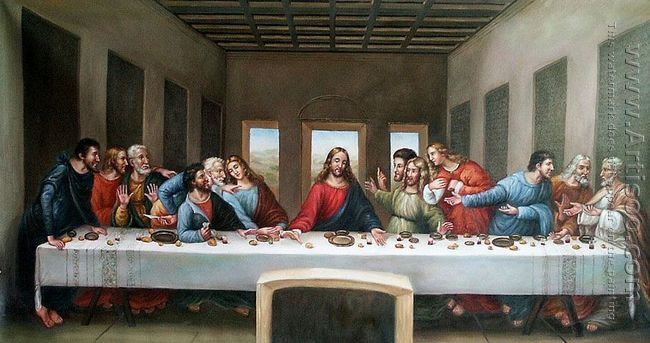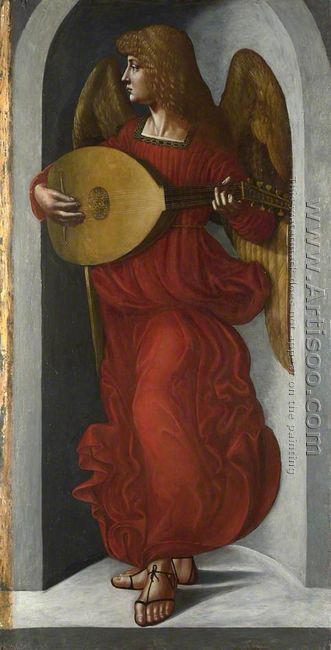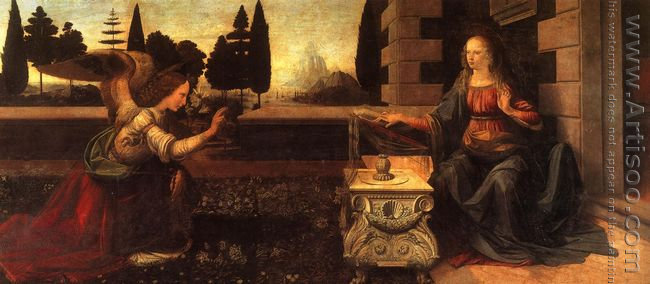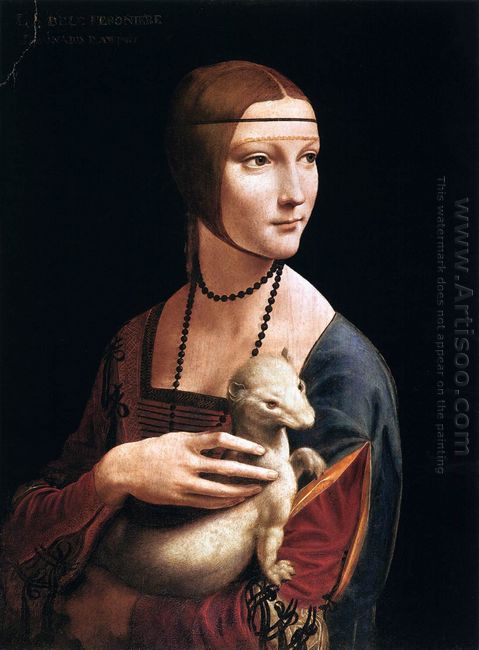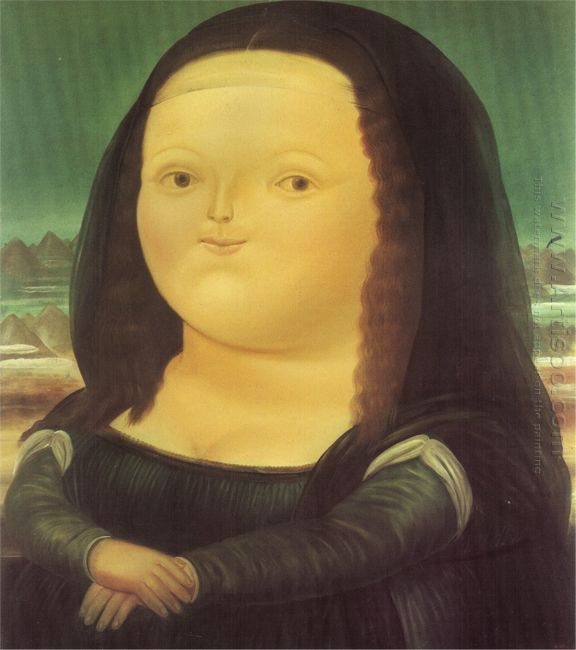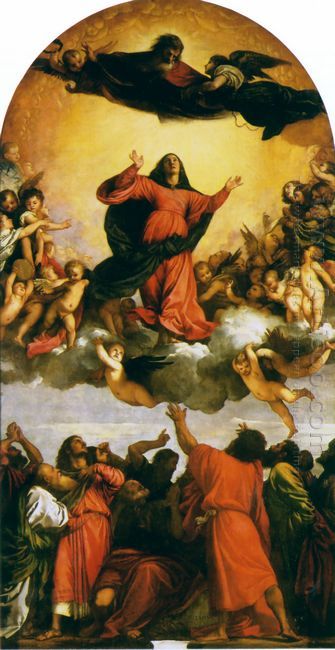Styles of oil painting differ from painter to painter. As far as we know, the oil painting is an art, which is a necessity of the development of civilization. In the process of culture development in western countries, a great number of famous oil paintings were created. To appreciate such excellent oil paintings is not an easy task. Therefore, let’s take The Last Supper by Leonardo da Vinci as an example to discuss how to understand the essence of an oil painting.
In the first place, we should know who paint the artwork. Leonardo da Vinci was an amazing artist. He has painted some amazing paintings in history, such as The Last Supper and the Mona Lisa. In fact, he is more than an artist; he is a scientist at the same time. We are surprised to learn that many of his inventions are still used today. Leonardo was born in 1452 in Italy. When he was a child he became interested in art. At the age of 14, da Vinci went to Florence and got an opportunity to be a student of a very successful artist at that time-- Andrea del Verrocchio. Leonardo spent a lot of time hanging out with him, which had a major impact on his art career. During his 17 years in Milan, one of his most famous works The Last Supper was made. Leonardo painted The Last Supper for three years, working at the request of the Duke of Milan. After we have a general understanding of the background of da Vinci, then it is easier for us to know the theme of his work. As everyone knows, the theme is subject to the understanding and awareness of the historical environment.
Now, let’s discuss this masterpiece The Last Supper. It is a painting describing Jesus Christ and his Apostles enjoying their last meal, Sometimes, a masterpiece was produced consciously but sometimes it is just by accident. In my opinion, The Last Supper was a combination of consciousness and accident. No doubt that The Last Supper is one of the most famous paintings in the world. In its unique style, the painting reveals the scene in an amazing way. We can feel the power of this painting from the sharp contrast in the attitudes of the 12 Apostles to Jesus Christ. His representation of this story has received acceptance from the whole world. We dare to say that no other paintings describing story of Christ can be as successful as Da Vinci's The Last Supper. Even though there are numerous reproductions of this painting throughout the world, it is still regarded as the best one.
Of course, the style and expression modes of oil painting are subject to change. This can be seen from his famous work Mona Lisa. It is hardly to stay in the same theme and style of painting from beginning to the end. Changes and innovations is the mainstream trend at any time. For the art, any change is essential and necessary. Art to convey the true feelings is the basic theory. All kinds of arts are always changing, which forms a beautiful landscape of the cultural history of human spirit. Let’s turn to The Last Supper again. The painting has attracted more and more attention after several restorations since it was created in the fifteenth century. Among so many restorations, the most recent one aroused much argument for it has lasted for nearly 20 years. No matter the result of the argument turn out be repainted or restored, the painting is still a realistic masterpiece which Leonardo painted it in unprecedented manner. We have to admit that any restoration to this painting will have changed its original condition. However, only by doing this, can the painting be reserved well enough for people in the future for appreciation?
Now, with the diverse concepts of oil painting, many breathtaking oil paintings appeared to catch our eyes. There is only one Leonardo da Vinci in the world, but there are numerous great artists who are as excellent as Da Vinci. We are never lack of good works, bur we are lack of the ability and sense to appreciate the masterpieces. As a result, to study painting techniques and the cultural values is much more important than we can imagine for appreciating a painting. As the saying goes:"It takes an appreciative patron of influence and position to turn talent and ability into full account."

